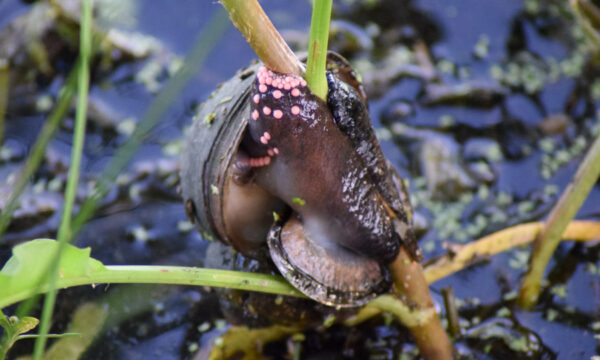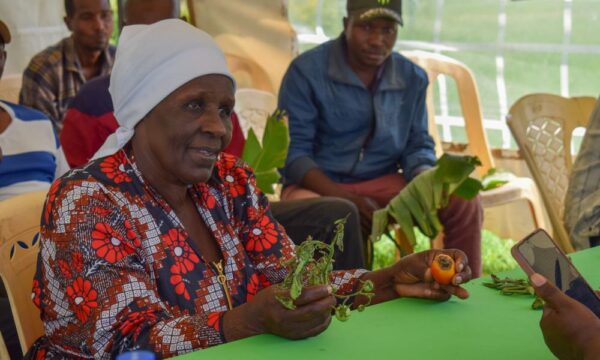A new initiative in Kenya is seeking to increase the profitability of the country’s declining cashew sector. The project aims to increase yields as well as improve the price the farmers get for their yield by replacing aging trees, educating farmers on crop management and improving access to markets. It is hoped that by 2015, the output of cashew nuts will be quadrupled to 40,000 tons per year.
The cashew industry in Kenya has been declining in recent decades. In the 1980s cashew nuts were a lucrative business and contributed to 4% of Kenya’s GDP. Now this number has reduced to just 1%. Due to this decline in profitability, the 60,000 Kenyan farmers who still rely on cashews for their livelihoods are now some of the poorest people in parts of Kenya. Production of cashews that was worth US$35 million 20 years ago, was worth less than US$3 million by 2010.
The people in the greatest need are those who live in more remote areas, away from any markets or processors. These farmers are forced to sell their harvest to middlemen, who exploit the farmers’ desperation. These farmers are likely to only get around 68 Kenyan shillings (Ksh) (US$0.8) per kilo, half the amount they should get. Some farmers are being paid as little as 20 Ksh per kilo, a great deal less than the 45 Ksh minimum price set by the Ministry of Agriculture. The situation was exacerbated when, in 2009, the government banned exports of raw nuts in order to increase domestic processing. This meant increasing numbers of farmers were reliant on middlemen to sell their produce.
The initiative, formed from a range of partners including Kenya’s Ministry of Agriculture, the Kenya Agriculture Research Institute, the African Cashew Alliance and the Nut Processors Association of Kenya, aims to increase market access and avoid the use of middlemen. Associations have been set up to allow farmers to receive a fair price for their cashews. These associations will also facilitate the farmers’ access to credit, which can be put towards inputs to help them increase yields.
The initiative has committed to the distribution of 180,000 seedlings every year for the next 5 years, in order to replace aging trees which are likely to yield less. Yields will be further increased by educating farmers about better management practices for their crop, including weeding and methods of control for pests and diseases.
Currently, Kenyan cashew trees produce around 5kg of cashew nuts. This initiative hopes to increase this towards the 30kg possible from a well-tended cashew tree, and ensure a fair deal for the farmer at the end of the harvest.
Sources
http://www.the-star.co.ke/lifestyle/128-lifestyle/41098-kenyas-drive-to-revive-cashew-nut-industry
http://www.the-star.co.ke/local/coast/85438-kilifi-farmers-to-be-sensitized-on-cashewnut-production
Related News & Blogs
Biocontrol that goes the distance: Acerophagus papayae in Kenya
Acerophagus papayae can slow the spread of the invasive papaya mealybug and benefit the wider community. Recent monitoring efforts have shown that the natural enemy is reaching long distances away from the original release sites. Papaya mealybug attack…
20 May 2025





